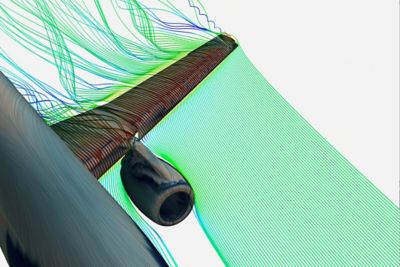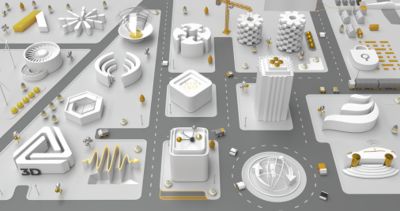-
United States -
United Kingdom -
India -
France -
Deutschland -
Italia -
日本 -
대한민국 -
中国 -
台灣
-
Ansys is committed to setting today's students up for success, by providing free simulation engineering software to students.
-
Ansys is committed to setting today's students up for success, by providing free simulation engineering software to students.
-
Ansys is committed to setting today's students up for success, by providing free simulation engineering software to students.
-
Contact Us -
Careers -
Students and Academic -
For United States and Canada
+1 844.462.6797
- Predicting the Deterioration of Ancient Thai Murals with CFD
- Validating Your Gut Feelings
- A Winning Team: Leverage SPDM to Enhance AI Training
- The Reviews Are In: Scade One Is a Game-changer
- Understanding the Calculus Behind EV Range: How Far is Far Enough?
- Using Digital Twin Technology for Pharma
- Ansys Academic Supports Engineering Education in Austria
- Simulating Contactless Magnetic Gears for Harsh Mission Applications
- What’s New for Ansys Fluent in 2024 R1?
- Academic Spotlight: Exploring Healthcare Solutions Through Simulation
- NASCAR Refuses to Lose with Simulation
- Startup Innovation in The Cloud: Interviewing Dr. John Baker
- Mission Design and Performance Analysis with Cislunar Orbit Designer
- Ansys STK Gets Inducted Into the Space Hall of Fame
- Simulation World 2024: Get Inspired to Do Big Things
- Optics Simulation Enhancements in Ansys 2024 R1
- Simulation Helps GSK Bring Critical Medicines to Patients Faster
- Spark Photonics and Ansys Shape Leaders and Learners in Photonics Tech
- Shaping the Future of Startups with Ansys and AWS
- Podcast Spotlights Simulation’s Impact on Hydrogen Solutions
- Simulation Enables SiC Module Designs at STMicroelectronics
- Modeling the 2024 Solar Eclipse with Ansys STK
- Intelligent ADB Headlights with Ansys AVxcelerate Headlamp
- Ansys Technology Partner Award Winners: A Spotlight on Success
- Next Page
Sorry. Our site search is running into issues and we're working to get it back up and running as soon as possible.
In the meantime, please use the Google search box below to search the site.
Blog
The Ansys blog, featuring contributions from Ansys and outside experts, keeps you in the know with the latest industry information, including engineering articles and simulation news, thought leadership and trends, product development advances, tips to better use Ansys solutions and customer stories.
See What Ansys Can Do For You
See What Ansys Can Do For You
Contact us today
Thank you for reaching out!
We’re here to answer your questions and look forward to speaking with you. A member of our Ansys sales team will contact you shortly.











